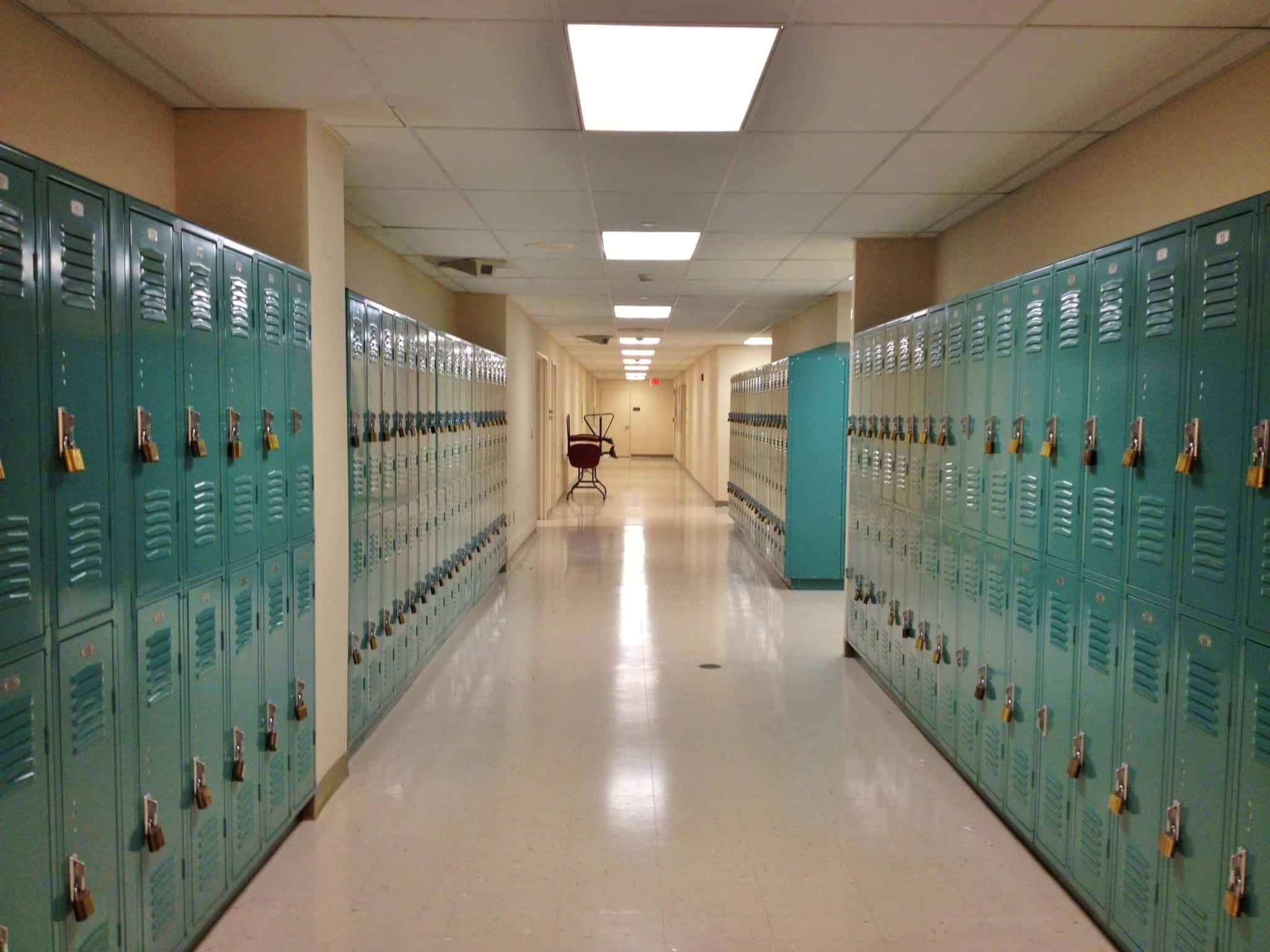
In early 2018, an outbreak of norovirus at a San Francisco school caused at least 57 people, 53 students, and four teachers, to be sick, according to officials. Several schools in the Northern California area closed due to the spread of norovirus (U.S. News).
In September, another outbreak of norovirus occurred, affecting more than 650 students,10% of the district’s student body.
According to the CDC, the virus is easily passed through breathing the fumes of someone with the virus who has vomited and also by someone touching the surface that has been touched by an infected person.
Norovirus is a contagious virus that causes the intestine and stomach to swell. Health Department officials say it is crucial to disinfect the environment to prevent spreading if someone with the virus vomits or has diarrhea.
“It can infect a large group of people in a short amount of time.”
Schools can be more susceptible to outbreaks than any other environment (Emergency Response and Crisis Management Technical Assistance Center). The reason being that the transmittance of illnesses from one student to another is easier because of the dense populations in schools.
Schools foster the transmission of infections from student to student because they are in close contact and often share supplies and equipment.
Because infectious diseases spread rapidly, it’s vital that school administration and personnel have strategies and a containment management plan in place. Procedures need to be in place that can be implemented swiftly and efficiently should an outbreak occur.
These systems, once established, must be communicated with school staff, families, and school partners, such as the public health department and mental health providers.
Improper planning can result in a mass closure of schools and in extreme cases, the death of students and staff members.
Temporary Containment Barrier Can Aid in School Infection Control Protocols
Communication
Communication is one of the most vital components in countering and preparing for outbreaks in schools. Timely and accurate communication is vital to the response and recovery phases of the management plan.
A proper communication plan must deliver accurate, consistent and timely information to all parties involved in the event of an outbreak. Communication builds confidence that the district and other public partners have what they need and are doing everything to keep students safe.
Consistent messages to students, families, staff members and even the media are important. Plans and strategies to deliver correct information must be put into place BEFORE an outbreak. A communication component must be incorporated into the management plan.
Continuity of Operations Plan
Along with a communication plan, a Continuity of Operations Plan must also be established. This plan enables the school to continue essential functions, even in the event of an outbreak.
There must be minimal disruption to essential functions and operations while there is a plan for recovery of the environment. A COOP Plan can help schools prepare, respond, and recover from outbreaks, while also ensuring that daily operations can continue for both staff members and students in attendance.
Outbreaks can be unpredictable and can quickly escalate. There is a critical need for creating, implementing and sustaining an infectious disease management plan within schools.
Plans and strategies need to be put in place to keep students safe and healthy, which requires collaboration, communication, equipment, protocols, and a clear transfer of information to staff, students, and families. Guidelines must be put in place to keep and understood by all involved, in and outside of the school.
Containment Management
In the example of the norovirus outbreak, the transmission of this virus was from touching infected surfaces. Students and staff members with symptoms are sent home, but that is only half the battle. The other half is the deep cleaning and disinfecting of the contaminated areas.
A temporary containment wall allows for the sectioning off of infected areas to allow cleaning of these surfaces and creates a secure barrier between the compromised environments and remaining students and staff.
STARC Systems temporary containment barrier can be installed quickly, allowing for the administrator to contain outbreaks, allowing for disinfection, and keep students and staff safe from further exposure.
Before An Outbreak
But even before an outbreak occurs, having systems and rules in place to prevent the spread of disease need to be there.
Even with efforts and strategies being developed in order to prevent and contain outbreaks in schools, having the proper equipment, specific training, and cleaning protocols can aid in the prevention of infectious diseases among school districts.
School personnel has a responsibility to plan, prepare, and equip their staff and facility with the proper tools and knowledge to deal with these outbreaks.
Learning from past outbreaks, learning from other schools (such as the ones listed above), and looking for ways to improve the current system in place will be a vital component to saving lives and containing outbreaks among schools.
Written by Gearhart and Associates, LLC. for STARC Systems, Inc. Gearhart and Associates are industry experts in Infection Control Risk Assessment (ICRA) training, Infection Control and Prevention Strategies, and Facilities Risk Management.
